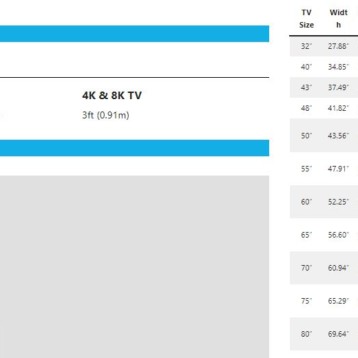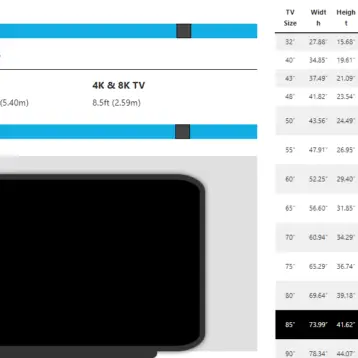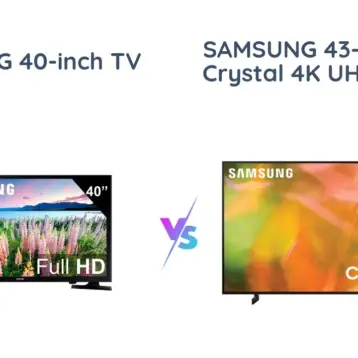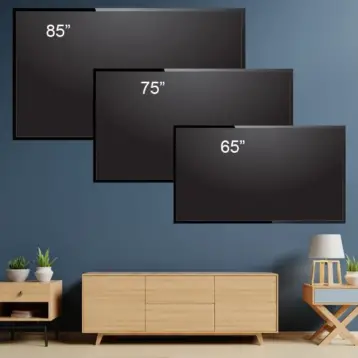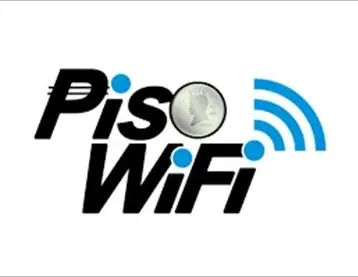WUSBis a new short-range, high speed wireless extension to the USB standard that combines the speed and security of wired technology with the ease-of-use of wireless technology. WUSB is based on ultra-wideband (UWB) wireless technology, capable of sending up to 480 Mb/s at distances of up to 3 m, and 110 Mb/s at up to 10 m. WUSB will find applications in game controllers, printers, scanners, digital cameras, MP3 players, hard drives, flash drives, and even TVs and other video-capable devices. In recent years WUSB technology has suffered some setbacks due to both technical issues and disputes between some of the major players involved in its development. Artimi is hopeful that within the next year most of these issues will be resolved and WUSB will take its place along side its very successful older brother – the USB 2.0 standard.
In the picture, a prototype camera equipped with Artimi’s WUSB technology along side a laptop with a WUSB dongle shown recently on CES 2007.
A: We are working with several brand name camera vendors and will announce product developments with them in 2Q. They value Wireless USB as a feature and believe that it will become a standard requirement on all but the lowest price cameras within 2-3 years.
Q: How much of a price premium will the consumer have to pay for having WUSB in his camera?
A: The cost of adding the Wireless USB function to a camera will initially be around $25 added on the price of a camera, which initially will make it a standard feature on cameras priced over $250, but within 3 years the additional price will be less than $10, which will then make it a standard feature on all but the cheapest cameras.
Q: When do you predict we will be able to see the first cameras with WUSB on the market?
A: While it is possible that there may be a camera released this year with Wireless USB, we expect the name brands to start introduction in 2008 and it to become a common feature across camera ranges by 2009.
Q: Will the new cameras come with a receiver, a WUSB dongle, as this standard is still new and unsupported.
A: When the major camera brands release products with Wireless USB in 2008, there will by then be many PCs and printers available with native Wireless USB, so it will be likely that these will ship without a dongle, though one will be available as an accessory in case the consumer has an older PC without Wireless USB. However, the early to market products will most likely require a dongle, though this may be sold separately, depending on pricing pressure.
Q: What will be the power requirement of the new technology (digital cameras are already very power hungry – what will WUSB do to their power requirements and battery life)?
A: Wireless USB is a very fast technology, it operates on the radio link at 480 Mbps, the practical result is that 1 Gigabyte of pictures will be transferred from a camera to a PC in about 30 seconds and just a few pictures transferred will be almost instantaneous. The usual consumer use for cameras is to download a few 10s of pictures daily or one larger download weekly, so the actual effect on the battery life in this normal use is almost negligible using Wireless USB. The critical part is the very high transfer speeds which allow the radio to be used only for short periods; this is the most important consideration for not effecting battery life materially. This is not the case for Wifi or Bluetooth wireless transfer where the rate is so slow that it has a significant effect on the battery. Neither of these methods can download 1 Gigabyte without completely discharging the battery of available cameras.


